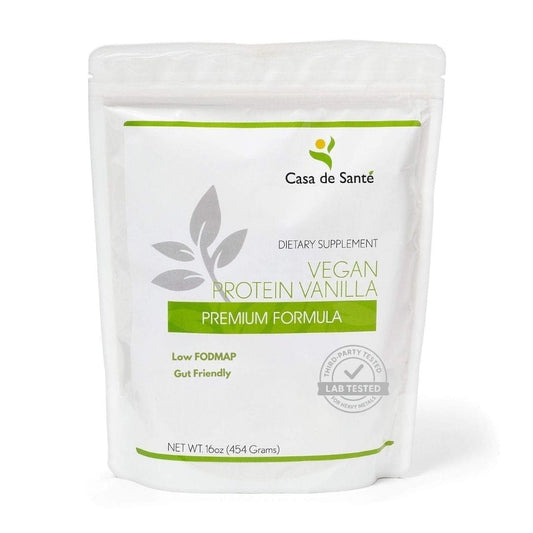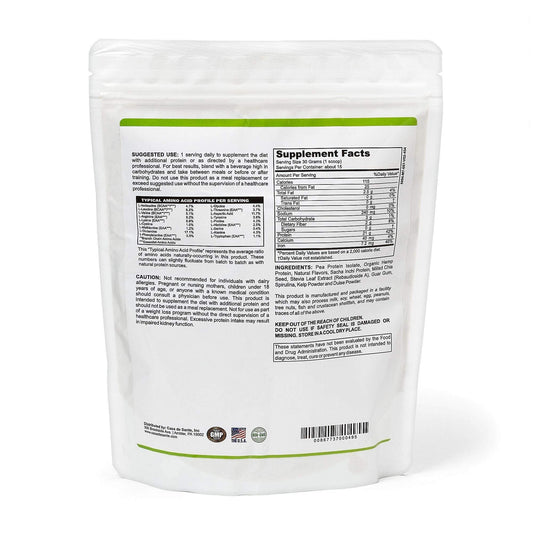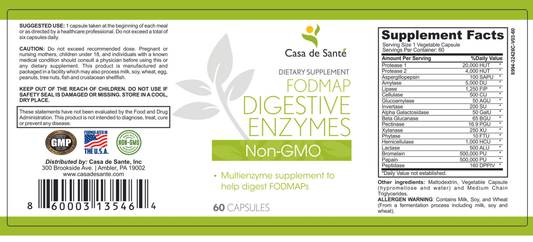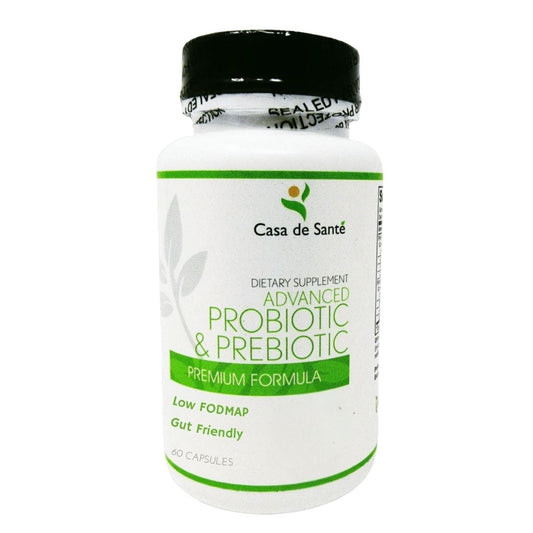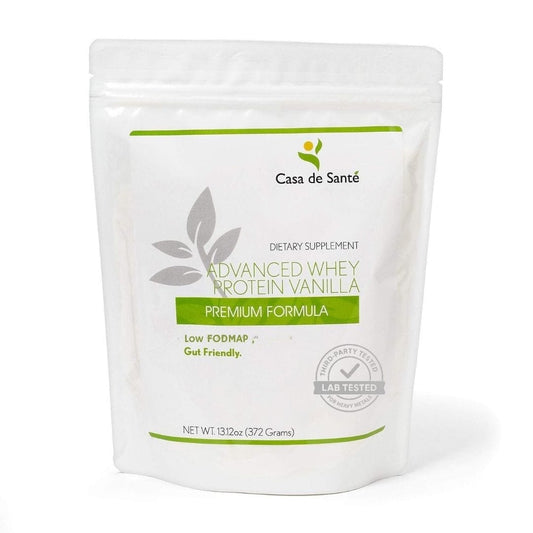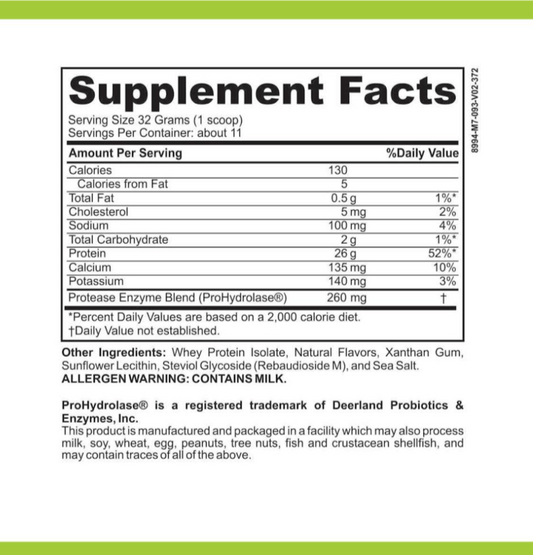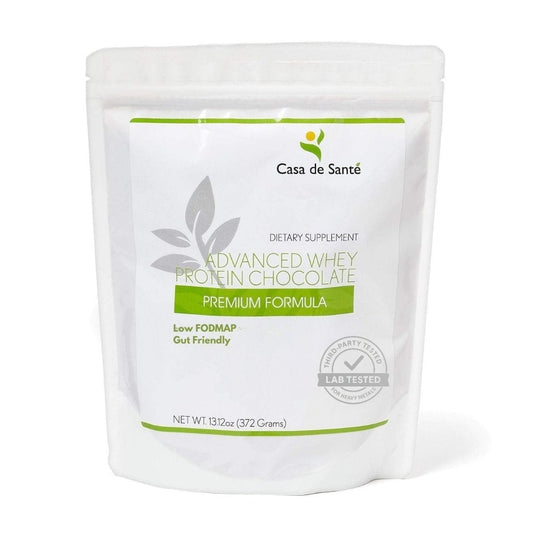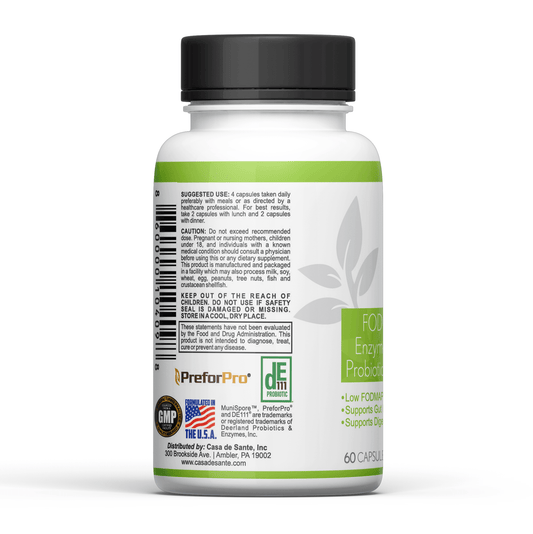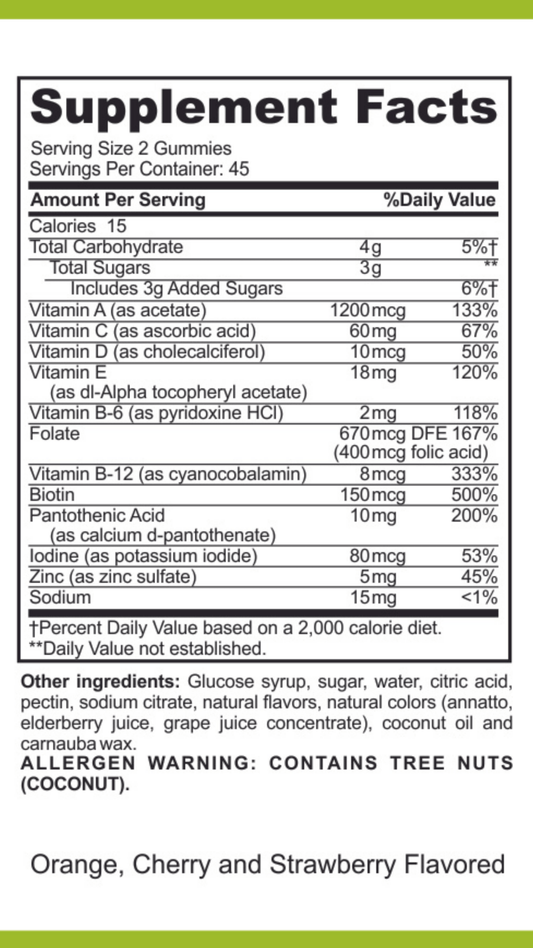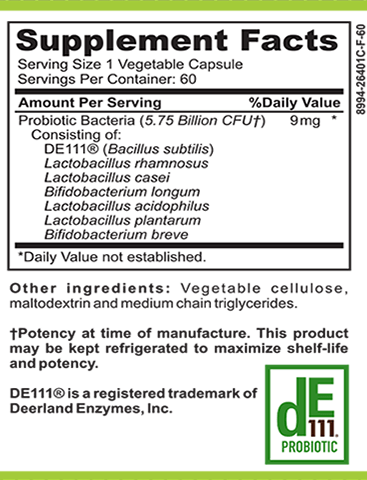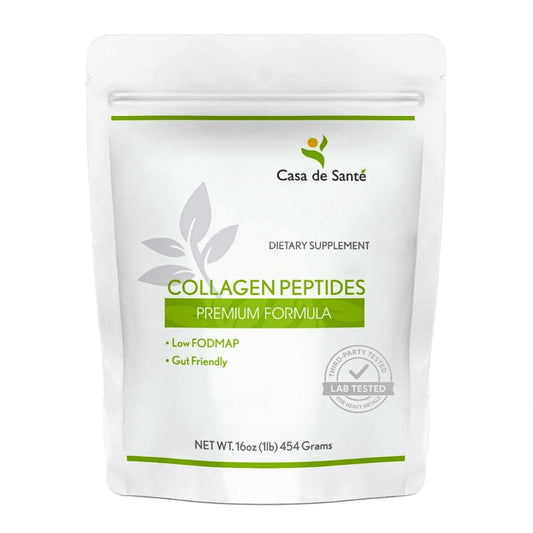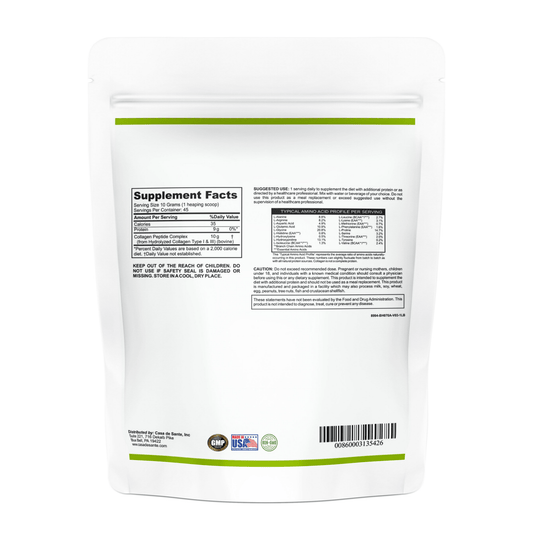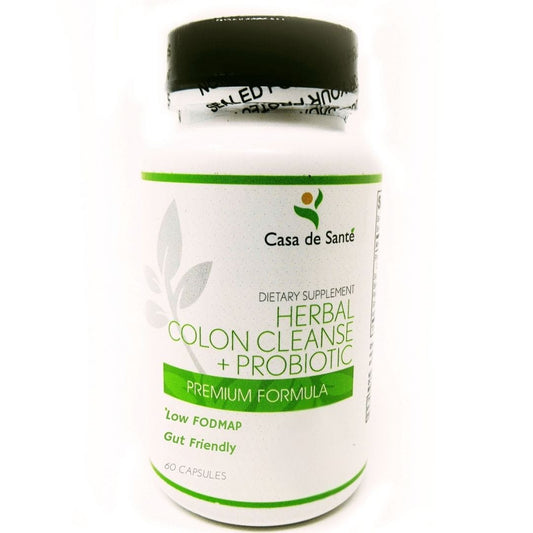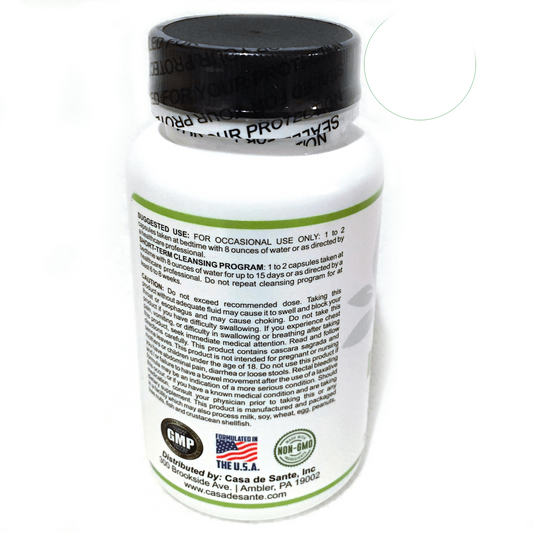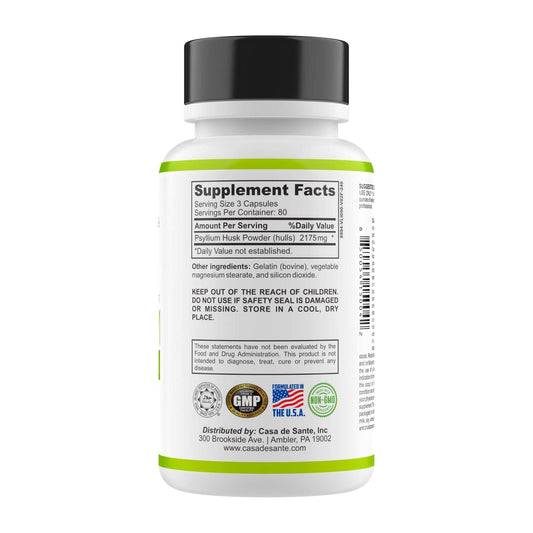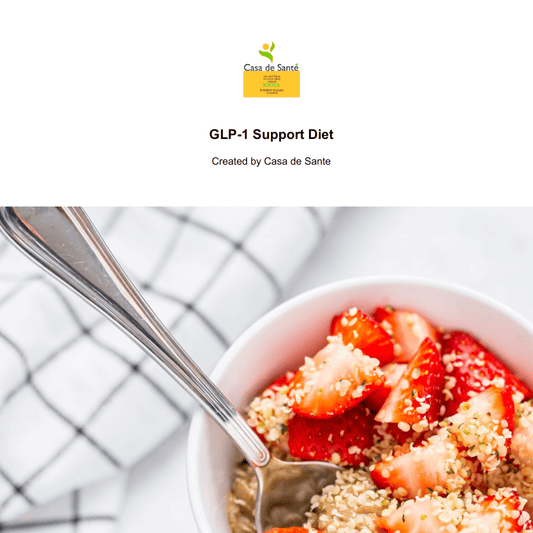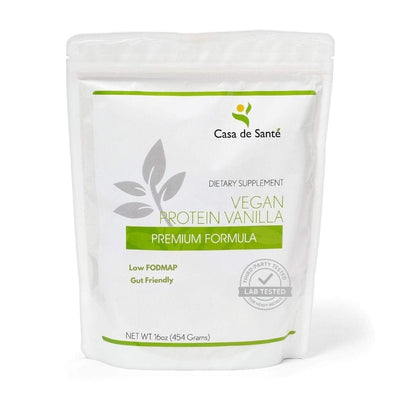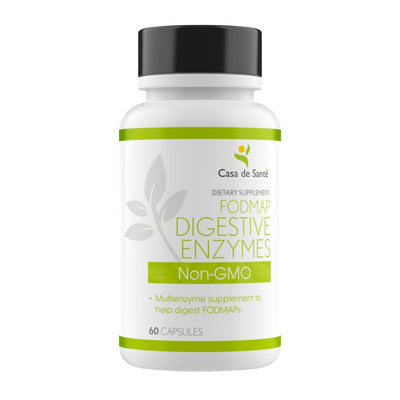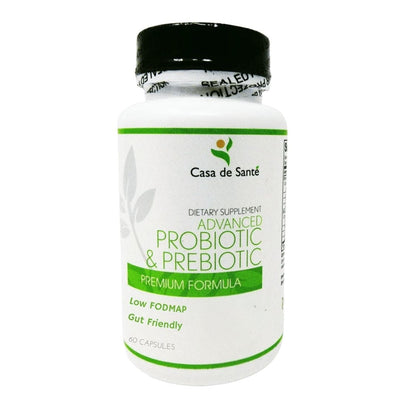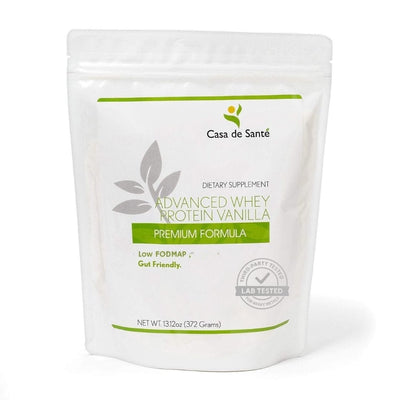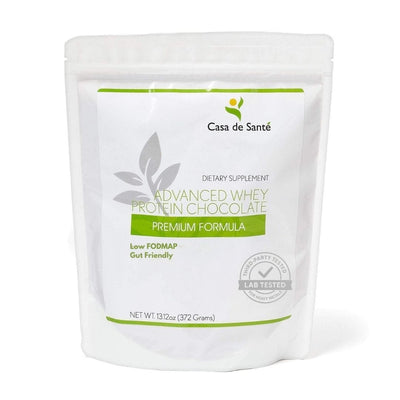Managing IBS Symptoms: Is Butter a Friend or Foe?
Managing IBS Symptoms: Is Butter a Friend or Foe?
Living with Irritable Bowel Syndrome (IBS) means constantly evaluating your food choices. Every bite comes with a question: will this trigger my symptoms? Among the many dietary considerations, dairy products often cause confusion, with butter being particularly perplexing. Is it safe to spread on your morning toast, or will it lead to an afternoon of discomfort? Let's dive into the complex relationship between butter and IBS.
Understanding IBS and Dietary Triggers
IBS affects approximately 10-15% of the global population, causing symptoms like abdominal pain, bloating, gas, diarrhea, and constipation. While the exact cause remains elusive, certain foods are known to trigger or worsen symptoms in many individuals. The relationship between food and IBS is highly individualized – what causes one person's flare-up might be perfectly tolerable for another.
This variability makes managing IBS through diet both challenging and essential. Many people find relief through identifying and avoiding their personal trigger foods, often with the help of elimination diets like the low FODMAP approach, which has shown significant success in symptom management for many IBS sufferers.
The FODMAP Connection
FODMAPs (Fermentable Oligosaccharides, Disaccharides, Monosaccharides, and Polyols) are types of carbohydrates that can be poorly absorbed in the small intestine. When these carbohydrates reach the large intestine, they can be fermented by gut bacteria, producing gas and drawing water into the bowel – leading to classic IBS symptoms like bloating, gas, and altered bowel habits.
Dairy products contain lactose, a disaccharide that falls under the FODMAP umbrella. However, not all dairy products contain the same amount of lactose, which brings us to the butter question.
Butter and IBS: Breaking Down the Facts
Butter occupies a unique position in the dairy world, especially when it comes to IBS considerations. Unlike milk or ice cream, butter contains only trace amounts of lactose. During butter production, the milk solids (which contain most of the lactose) are separated from the fat. The result is a product that's primarily fat with minimal lactose content.
For many people with IBS who are sensitive to lactose, this makes butter a potentially safer option compared to other dairy products. The Monash University FODMAP database, which is considered the gold standard for FODMAP content information, classifies butter as low FODMAP in typical serving sizes (about 1 tablespoon).
Fat Content Considerations
While butter may be low in FODMAPs, it's important to remember that it's high in fat. For some IBS sufferers, particularly those with diarrhea-predominant IBS (IBS-D), high-fat foods can trigger or worsen symptoms by stimulating contractions in the colon and accelerating gut transit time.
On the flip side, some individuals with constipation-predominant IBS (IBS-C) might find that moderate amounts of fat help lubricate the digestive tract and ease constipation. As with most aspects of IBS management, personal tolerance varies widely.
Clarified Butter: A Potential Alternative
For those who find that even the small amount of lactose in regular butter causes problems, clarified butter (also known as ghee) might be worth considering. The clarification process removes virtually all milk solids and lactose, leaving behind pure butterfat. This makes ghee even less likely to trigger lactose-related IBS symptoms than regular butter.
Ghee has been used in traditional Ayurvedic medicine for centuries and has gained popularity in Western diets, particularly among those with dairy sensitivities. Beyond being virtually lactose-free, ghee has a higher smoke point than butter, making it versatile for cooking.
How to Test Your Butter Tolerance
Given the individualized nature of IBS, the only reliable way to determine if butter agrees with your digestive system is through careful personal experimentation. This process requires patience and methodical observation, but it can provide valuable insights for managing your symptoms long-term.
The Elimination and Challenge Approach
The most systematic way to test your tolerance is through an elimination and challenge process. This involves removing butter (and potentially other dairy products) from your diet completely for 2-4 weeks, then reintroducing it in a controlled manner while monitoring your symptoms.
Start with a small amount – perhaps half a teaspoon of butter on toast – and observe how your body responds over the next 48 hours. If you experience no symptoms, you can gradually increase the amount in subsequent challenges. Keep a detailed food and symptom journal during this process to help identify patterns.
Many IBS patients find that working with a registered dietitian who specializes in digestive disorders can make this process more effective and less overwhelming. A dietitian can also help ensure your diet remains nutritionally balanced during the elimination phase.
Butter Alternatives for IBS Sufferers
If you discover that butter does trigger your IBS symptoms, or if you prefer to err on the side of caution, several alternatives can provide similar culinary functions without the potential digestive distress.
Plant-Based Spreads
Many plant-based butter alternatives are naturally lactose-free. Options made from olive oil, coconut oil, or avocado oil can provide the spreadable texture and richness you might miss from butter. When selecting plant-based alternatives, check the ingredient list carefully, as some products contain additives like inulin or chicory root that are high in FODMAPs and could potentially trigger IBS symptoms.
Certain brands specifically formulate their products to be gut-friendly. While not a butter alternative per se, it's worth noting that companies like Casa de Sante offer low FODMAP certified products designed for sensitive digestive systems. Their range includes protein powders, digestive enzymes, and prebiotic supplements that can complement your IBS management strategy, especially when you're navigating dietary restrictions like limiting butter or other potentially problematic foods.
Cooking Oils as Butter Substitutes
For cooking purposes, several oils can substitute for butter while being well-tolerated by most people with IBS. Extra virgin olive oil works well for sautéing and in many baking recipes. Refined coconut oil (which has a neutral flavor unlike its unrefined counterpart) can substitute for butter in baking due to its similar solid-at-room-temperature properties.
For those who miss the flavor of butter in cooking, a small amount of butter-flavored olive oil or a few drops of butter extract (check ingredients for FODMAP content) can provide that familiar taste without the potential triggers.
Incorporating Butter Into an IBS-Friendly Diet
If you've determined that butter is safe for your individual IBS profile, you might be wondering how to incorporate it into your diet without overdoing it. The key is moderation and being mindful of the overall composition of your meals.
Low FODMAP Butter-Based Recipes
Here's a simple, IBS-friendly recipe that incorporates butter in a way that's typically well-tolerated by most people with IBS:
Brown Butter and Sage Pasta
A delicate, flavorful pasta dish that showcases butter's rich qualities without overwhelming sensitive digestive systems.
Ingredients:
- 8 oz gluten-free pasta (rice or corn-based)
- 3 tablespoons unsalted butter
- 10-12 fresh sage leaves
- 2 tablespoons grated hard cheese like Parmesan (aged cheeses are typically low in lactose)
- Salt and pepper to taste
Instructions:
- Cook pasta according to package directions until al dente. Reserve 1/4 cup pasta water before draining.
- In a large skillet over medium heat, melt the butter and continue cooking until it turns light brown and smells nutty, about 3-4 minutes.
- Add sage leaves to the browned butter and cook for 30 seconds until crisp.
- Add drained pasta to the skillet along with a splash of reserved pasta water.
- Toss to coat pasta with brown butter sauce, adding more pasta water if needed for desired consistency.
- Sprinkle with grated cheese, salt, and pepper before serving.
Prep Time: 5 minutes
Cook Time: 15 minutes
Yield: 2 servings
Cuisine: Italian-inspired
Balancing Butter with Other Nutrients
When incorporating butter into your IBS-friendly diet, consider the overall balance of your meal. Pairing butter with low FODMAP proteins and vegetables can create satisfying meals that don't trigger symptoms. For example, a small pat of butter melted over grilled salmon with steamed carrots and zucchini provides a balance of nutrients while keeping FODMAP content low.
For those who need additional nutritional support while navigating dietary restrictions, supplements designed specifically for sensitive digestive systems can be helpful. Casa de Sante's digestive enzymes and probiotic supplements are formulated to be gentle on sensitive stomachs while supporting overall gut health, making them a valuable addition to an IBS management plan that includes careful consideration of foods like butter.
The Bottom Line: Personal Experimentation is Key
The question of whether butter is a friend or foe for IBS sufferers doesn't have a one-size-fits-all answer. While butter is technically low in FODMAPs due to its minimal lactose content, individual tolerance varies based on factors like fat sensitivity, portion size, and personal digestive quirks.
The most effective approach is methodical personal experimentation, ideally with guidance from healthcare professionals. By paying attention to your body's responses and making adjustments accordingly, you can develop a personalized understanding of how butter fits into your IBS management strategy.
Remember that dietary management is just one aspect of IBS care. Stress management, regular physical activity, adequate hydration, and sometimes medications or supplements also play important roles. With patience and persistence, most people with IBS can find a balanced approach that minimizes symptoms while still allowing for enjoyable, nutritious meals – whether those meals include butter or not.

